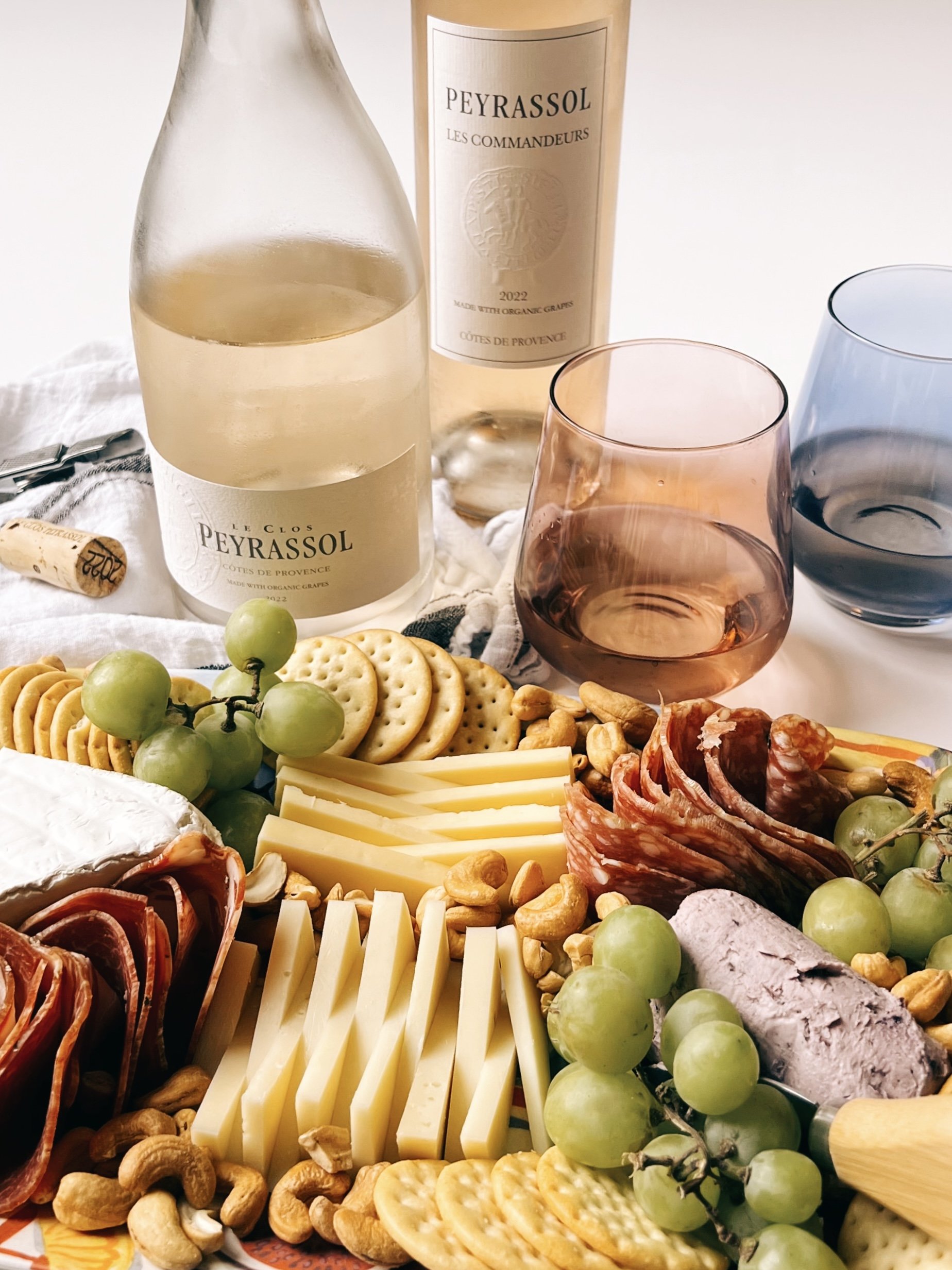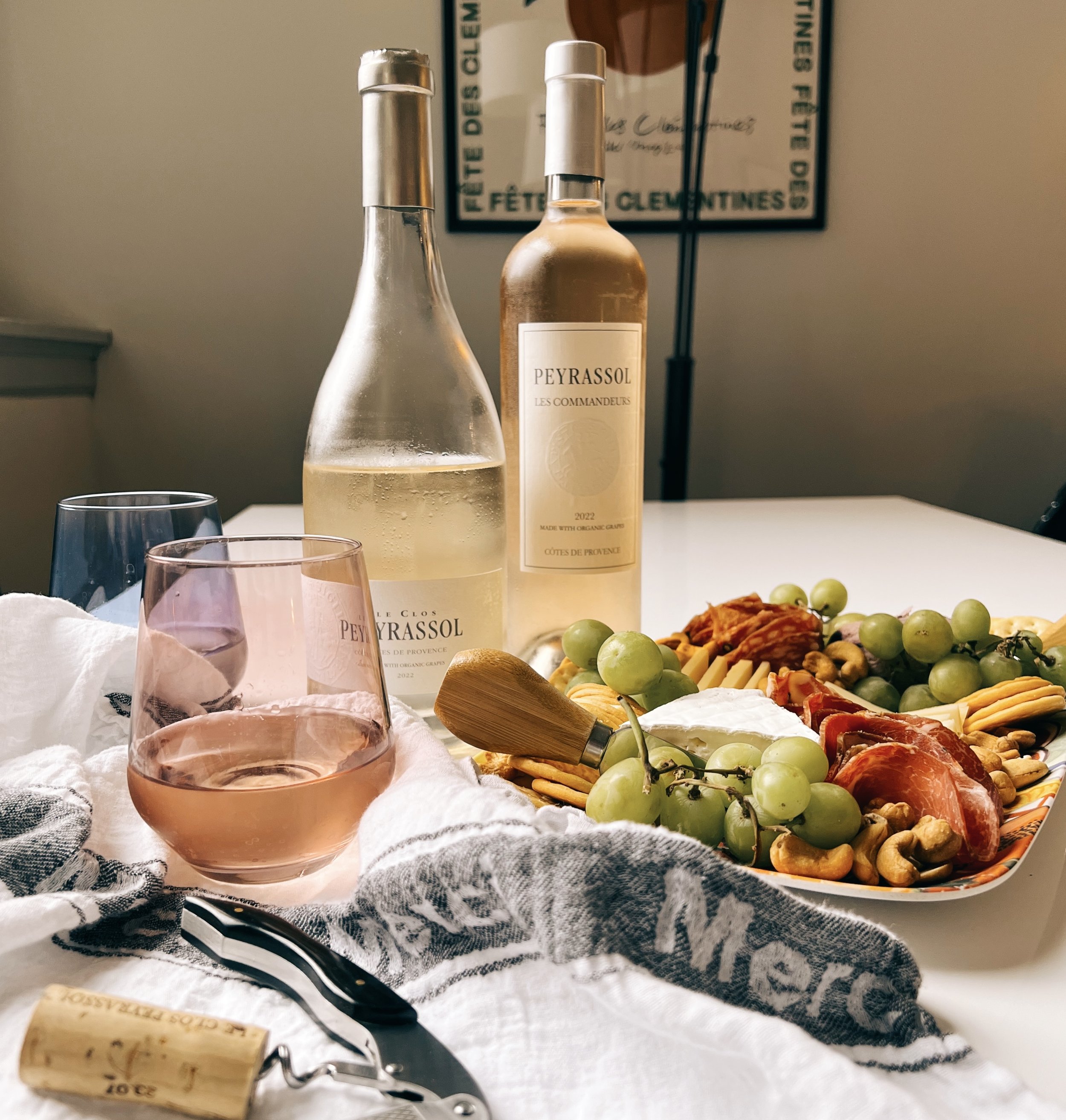Five Tips for Pairing Rosé and Cheese
What’s the most iconic duo of all time? If you answered Batman and Robin, Simon and Garfunkel, or Woody and Buzz, those are good guesses, but they’re not why we’re here. We’re here for the real GOAT: wine and cheese—with a summery twist. While you can—and should—pair all wine with cheese (sherry, anyone?), it’s time to explore the ins-and-outs of pairing rosé wines with cheeses and other delicious bites.
Rosé is a fantastic partner for a variety of cheeses. Whether you enjoy light or bold rosés, these wines have nuanced notes and fresh acidity that balance the fat and flavors of cheese. That’s really the key to pairing wine and food in general: balance. It’s a balancing act—just like our other favorite duos.
Here you’ll learn five easy tips to create countless rosé and cheese pairings all summer long. If you’d like to learn more about rosé wine specifically, check out my quick guide to rosé.
How to Pair Rosé and Cheese
Remember: “what grows together goes together.” This is the golden rule of all food and wine pairings—and it can’t be overstated. If you’re opening a rosado from Spain, try Manchego. For an Italian rosato, grab Pecorino Romano. For French rosés, I love a mild chèvre, aka goat cheese.
Complement the flavors of your rosé. If you’re serving a Provençal rose like Château Peyrossal’s Le Clos cuvée, try an herbaceous cheese that accentuates the wine’s notes of lavender and Herbes de Provence. To play off of Château Peyrossal’s Les Commandeurs’ fruity notes, try a blueberry goat cheese.
Or play with contrast. To mix up your pairings, try adding a nutty, spicy, or funky cheese to your board. By its nature, rosé works with a wide range of flavors and textures. It’s the utility player of wine—you can try it with many things!
Match the flavor intensities. If you’re not up for experimenting, go with a tried-and-true method: Lighter with lighter; bolder with bolder. Try mozzarella and burrata with light-colored rosés. With deeper-hued rosés, try aged or smoked Gouda.
Most importantly, don’t forget the accoutrements. All of these rules apply to the other delicious bites on your cheese board, too! To complement a fresh and fruity rosé, add fresh fruit. What grows near Mediterranean wine regions? Olives! Use these simple rules to make your rosé and cheese pairings shine.
Thank you to Wilson Daniels for providing the rosé samples used in this post.



